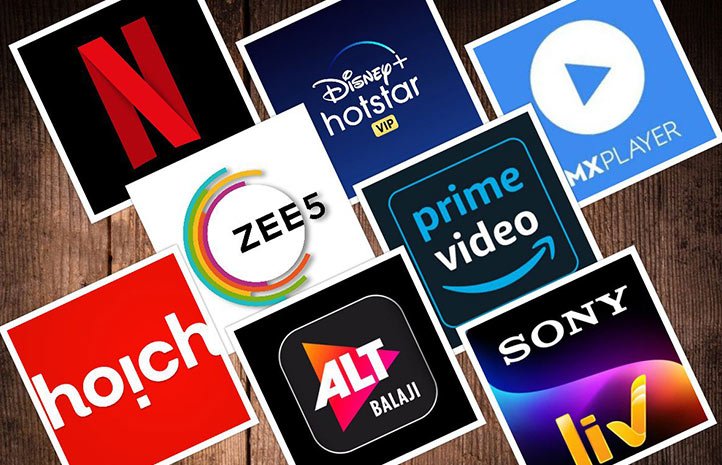The age rating for one of the highest-grossing movies of all time, Titanic, is PG-13. According to Common Sense Media, an organization that reviews and provides ratings for media and technology with the goal of providing information on suitability of content available online for children, RRR, the Indian blockbuster shouldn’t be watched by kids under the age of 13, but parents are watching it on the big screen and so are kids, and not teens but kids. How many kids or how many parents for that matter follow such guidance? Is it extremely necessary to follow this guidance? It becomes tedious to look for solutions as to who is answerable. Parents are also not at fault as they are in crisis due to a choice paralysis amidst so much content, they themselves aren’t aware of the insides of a title across platforms or the various games and applications contained inside them.
OTT content regulation has been the talk of the town since 2018 in India which will bring under the ambit of the law contents such as smoking, drinking, or other substance abuse. Unabashed usage of abusive language, the portrayal of nudity, and instances of gory violence do no justice to a kid who flips through different platforms to watch something interesting and entertaining. Parental control and digital monitoring mechanisms are some tools that can help parents/guardians regulate children’s digital intake. It is a notable development that earlier only a handful of tv channels were in the line of choices for kids to watch from. Baby Looney Tunes, some Disney shows and animated characters on Hungama Tv were kid favourites. The oncoming of OTT and a plethora of choices have left parents fuming and kids frolicking. Even kids' content on these platforms have to be scanned through for abusive words, stereotypical content or extreme violence. The rating provided to kids’ content on various platforms should vary as per the geographical context of the particular area/region/country, this comes into consideration keeping in mind the notions of perceiving the nuances and notions of content that differ within different units of a society in different parts of the world. Definitely, it cannot be tailor-made keeping in mind content consumers of different categories. But keeping in focus culture, context and age-groups is more than feasible.
One of the biggest challenges that parents face is where children get access to content. The kind of awareness regarding different movies, series, games and applications children have left their parents scratching their heads, they ask themselves and the kids questions such as- where did you get to know about it? Are they getting this information from their peer groups? Are they surfing the internet too much? What kind of discussions do they have with people around them? (teachers, friends, acquaintances).
The difference in perceptions between digital migrants and digitally innate generations speaks volumes about how the digital transformation of things has happened drastically. The former hasn’t been able to process the scope of cyberspace and the latter knows that there are no boundaries.
There are solutions for this but not one so very effective. For kids, their online content consumption can always be monitored or regulated by their parents/guardians i.e. digital parenting can be one of the solutions wherein parents also understand that monitoring, rather than regulating online content consumption of kids is a healthier way of approach. Equipping parents/guardians with the appropriate tools to keep a tab on their child’s digital intake becomes very necessary in today’s fast-paced digital world.
The Ministry of Electronics and Information Technology issued a soft, self- regulatory code of ethics, Information Technology (Intermediary Guidelines and Digital Media Ethics Code) Rules 2021 in February, 2021 stating that any content that will be published online will be according to context, theme, tone and impact and target audience. It also asks publishers to keep in mind any content that comes under the categories of discrimination, psychotic substance, liquor, smoking and tobacco, imitable behaviour, language, nudity, sex and nudity. Despite this, there’s no solid mechanism for regulating the content that appears on these platforms.
Different stakeholders in the mainstream directly influencing what’s on our screens should take initiative in order to ensure that kids in their developmental stages come across something educational. The advisory panels on the educational councils should work on school/college curricula that teaches children to be safe and aware of the harmful crevices of the online world. The government should work with policy-makers, independent stakeholders, edtech platforms and different digital platforms to make way for filtered content onto the screens of both parents and kids. Even games and applications should go through structured scrutinies in order to avoid obscene and harmful content and make digital experiences for kids safer.



